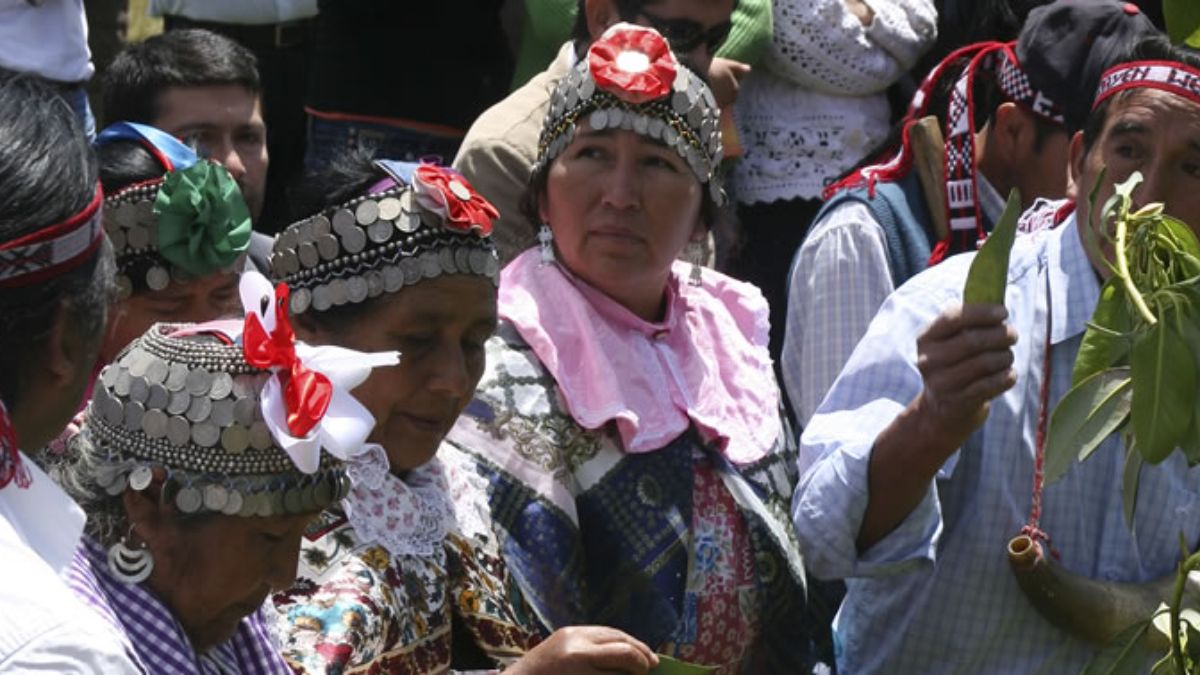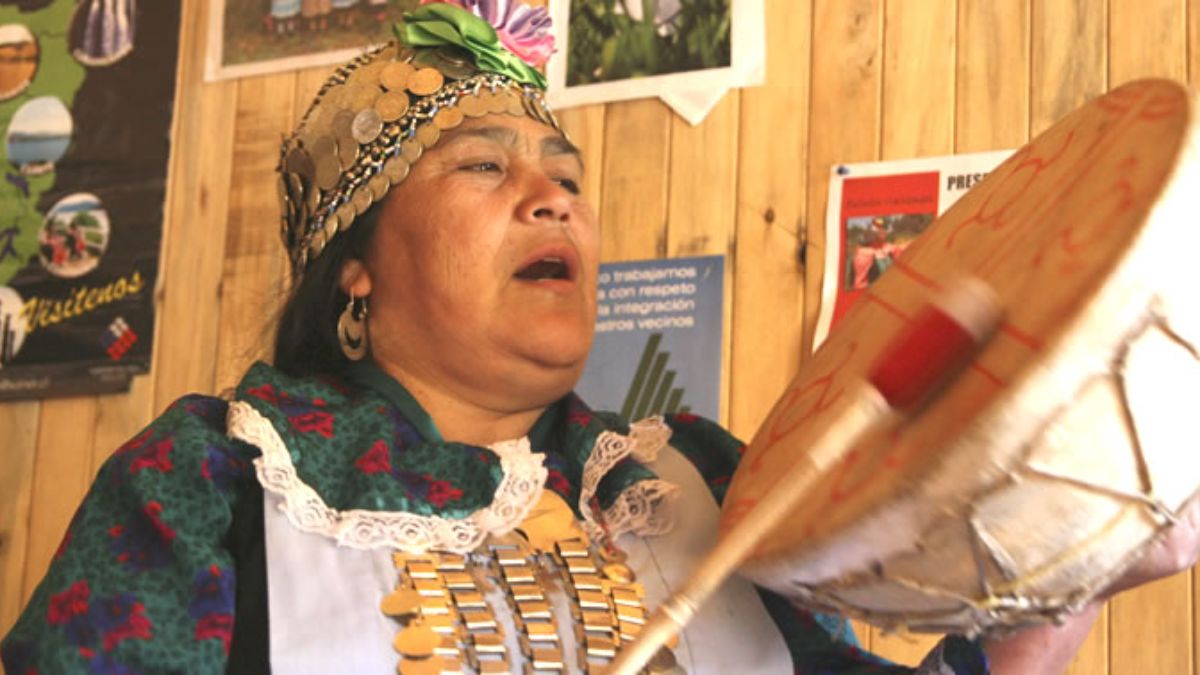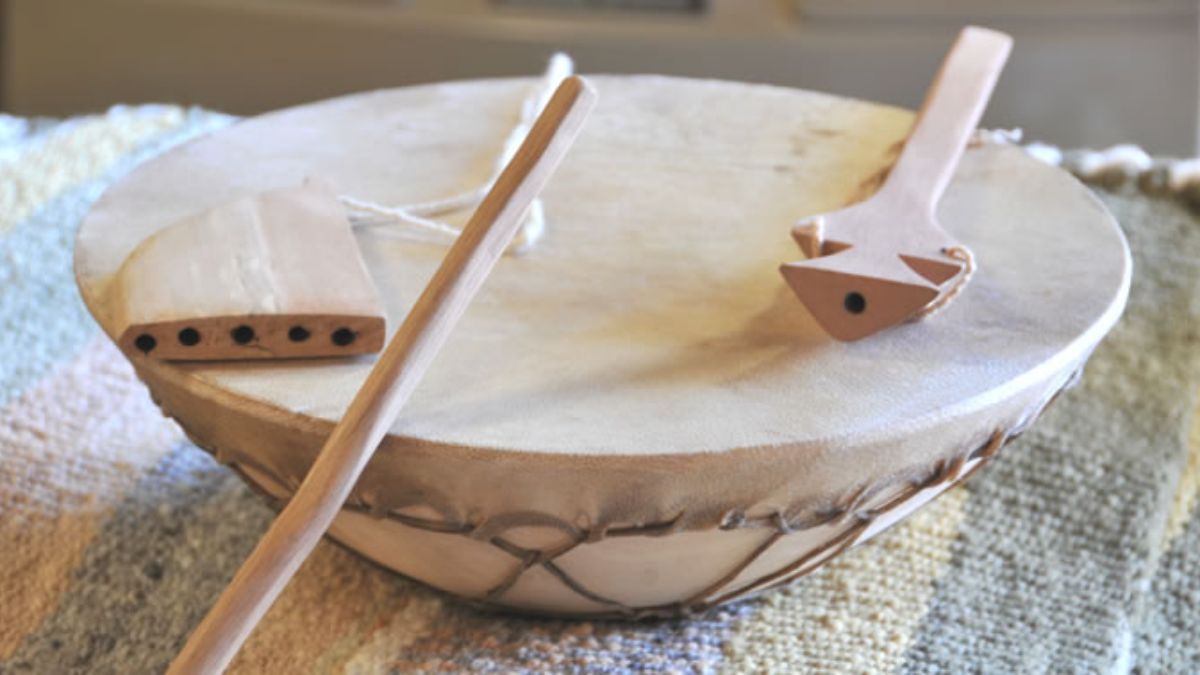Detailed Information about Mapuche culture and Araucana
Historical background
Indigenous ethnic groups have dwelled on the soil of Neuquén for thousands of years. Vestiges such as cave paintings and engravings made by the most ancient cultures are still preserved. The last groups to inhabit the territory of Neuquén, before the conquest, were the PUELCHES, the PEHUENCHES and the MAPUCHES.

Mapuches
The Spanish colonizers called them Araucanians. The Mapuches, also known as Araucanian-Mapuches, have had a historical presence in the south-central areas of Argentina and Chile. Archaeological and genetic records confirm the continuity of the population on both sides of the mountain range, considering that the Argentine and Chilean national states were formed after the consolidation of these cultural identities. That is to say, as the latest studies by Conicet researchers affirm, the Mapuche are pre-existing peoples. Therefore, they cannot be defined as Chilean or Argentinean.
Transit through the cordillera for trade was frequent. The horse introduced by the Spanish had a significant impact on the history of the Mapuches of Araucania. This new means of transportation allowed them to transform themselves from farmers into skilled horsemen, hunters and warriors. The Mapuches began to move more frequently across the mountain range and subdued the native populations on the Argentine side of the pampas, using their equestrian prowess to carry out raids and attacks.
The annexation of Araucania to Chilean territory in 1882 marked a profound break in Mapuche society. The indigenous people were confined to territories delimited by the State, and the transit routes between Chile and Argentina were closed. This restriction forced them to become farmers and to settle on low-quality land between the coast and the Andes Mountains.
Subsequently, the conflict focused on the authorities of the Argentine Republic. Before that, the confrontation had been with the authorities of the province of Buenos Aires, led by Juan Manuel de Rosas, as well as with those of other provinces such as Córdoba, San Luis or Mendoza. Over time, the confrontations between the Mapuches and the Argentine authorities intensified, giving rise to a long and complex conflict.
The history of the Pacification of Araucania and the Desert Campaign is part of the process of consolidation of the nation-states in the region, with their respective political, military and social implications. The legacy of these conflicts and the relationships between the different actors involved are still present in today's Argentine and Chilean societies. Today, the Mapuche continue to fight for their rights and for the recognition of their culture and territory on both sides of the Andes.
Puelches and Pehuenches
From early colonial times, the term "Araucanian" was used in a generalized and uniform manner to refer to all native populations. From the late nineteenth and early twentieth centuries, some scholars began to question the validity of this denomination, realizing that it did not reflect the diversity that existed among the different indigenous groups. It was then that classifications arose to differentiate the populations, such as Mapuches, Picunches, Huilliches, Pehuenches and Puelches, among others. On the other hand, Mapudungun scholars also stated that the indigenous societies did not call themselves by any name. They only used the expression "reche" (re=authentic, pure, true; che=people) to refer to themselves.
On the current Chilean side, the Puelches inhabited central Patagonia and the Pehuenches occupied the slopes of the Andes between the Maule River and the Lonquimay volcano. On the Argentine side, the Pehuenches inhabited what is now southern Mendoza and northern Neuquén. The Puelches, north of the Pehuenche people, in the Cuyo region.
There are different perspectives in the studies on the Pehuenche and Puelche, although some works consider them to be very similar. The main difference lies in their economic organization, since the Pehuenches were primarily gatherers, while the Puelches were hunters. The Puelches specialized in hunting guanacos, rheas and Andean deer, while the Pehuenches were dedicated to gathering the piñón or pehuén, the fruit that gave them their name and cultural essence. These activities provided sustenance and resources for their subsistence.
As the Spaniards arrived, they established commercial relations with the indigenous people, exchanging products and controlling livestock. During the military regime, communal property was subdivided, and the expansion of the colonists caused the alienation of their ancestral lands, drastically reducing their territory. These peoples shared the language, but had their own identity traits, although displacement later led to the mestization of the groups.
Sources:
Julio Vezub (2017). Controversy and Mapuche identity. Available at: https://ipcsh.conicet.gov.ar/controversia-e-identidad-mapuche/
Chilean Memory. The Mapuche people. Available at: https://www.memoriachilena.gob.cl/602/w3-article-781.html
Chilean Memory. Las poblaciones reche-mapuche. Available at: http://www.memoriachilena.gob.cl/602/w3-article-100855.html
Chilean Memory. Pehuenches and Puelches. Available at: http://www.memoriachilena.gob.cl/602/w3-article-772.html

Native Musical Instruments
The inhospitable climate and the struggle to survive in this land covered with snow for so many months give the music a sorrowful character in which passion is cruel and hopeless. Passion cannot even be expressed through weeping or love. That is the reason for the simplicity of their musical instruments and the fact that the araucano music is charged with moan and anguish.
They used several musical instruments: cultrun, trutruca, pifilca, ñorquin, quinquer-cahue, or araucano fiddle.
Cultrun: a drum made with a piece of hollow wood, shaped as a kettledrum. It is lined with horse skin tightly held. It is beat with only one stick whose handle is ornamented with colorful threads.
Pifilca: a flute made of wood or bone. It is short and sounds like a whistle. They hang it from their necks with a string. At present, it is carved in 30 to 40-centimeter wooden pieces. The lower end of the tube is closed and holes are opened to half-way its length. It gives out only one sound and this sole note is mixed throughout a song or an instrumental piece without any rhythmic or tune relation with the rest.
Trutruca: this instrument is made with a colihue cane with a length of up to four meters. It is cut in half in order to make it hollow. Afterwards, the two halves are tied with a wool thread and it is wrapped in horse guts. A cow horn is placed at one end and it is blown through the opposite end. Its sound resembles the bellowing of a bull and it represents the tribe?s strength. This is one of the two kinds of large aerophones existing in our country (the other one is the erke)
Quinquercahue: it had two arches (generally made out of rib bones) completed with only one string made of horse mane. It was played by placing one of the arches ?the body of the fiddle- against the upper incisors with the left hand. The right hand, in turn, passed the string from the other arch ?the fiddle?s arch- over the previous one, thus producing a plaintive and sorrowful sound.
Lolquin: similar to the trutruca but much smaller. It is made with thistle cane, called troltro.
Clarín: it was known upon the arrival of the Spanish and imitated with local materials (vegetable cane and wood)
Cullcull: was the bugle used as an alarm in case of emergency or war. It was made with ox horns.
Pinquilhue: from remote times, it was a kind of flute made with the stem of the colihue.
Caquel cultrum: it is a drum made with the hollow cut of a log.
Huala: a kind of maraca, made with a gourd that sounds with dry pips and sometimes small pebbles inside.
Cada Cada: large shells that sound by rubbing their edges and striped faces. Several of the abovementioned instruments are usually played altogether during the ritual ceremonies: nguillatunes and machitunes.
